Biology Final Extended Response and Labeling
5.0(1)
Card Sorting
1/57
Earn XP
Description and Tags
Tests and Quizzes extended response and labeling (section 2)
Study Analytics
Name | Mastery | Learn | Test | Matching | Spaced |
|---|
No study sessions yet.
58 Terms
1
New cards
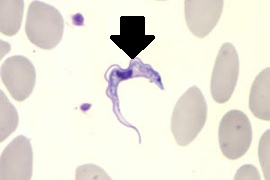
Trypanosoma brucei is the agent that causes the disease African sleeping sickness. Observe a cell of this organism at the tip of the arrow in the photo of a blood smear below. Is Trypanosoma brucei made up of a prokaryotic or a eukaryotic cell? Identify feature(s) you observe in this cell to support your choice.
The cell is a eukaryotic cell because there is a dark purple stained area within the cell, this is a nucleus and only eukaryotic cells have nucleuses.
2
New cards
List the 4 functions of proteins
four of the six functions of proteins are support, enzymes, transportation, and defense
3
New cards
The following lists the sequence of nucleotides making up one strand of DNA. write the sequence of nucleotide bases found on the complementary strand without spaces; AAGTACCGT
TATGGCATC
4
New cards
DNA and RNA are both nucleic acids. List 3 differences between DNA and RNA. Be specific.
DNA contains the nucleotide bases A, T, C, G, whereas instead of T RNA contains U. DNA is a double helix whereas RNA is single stranded. DNA is the form that genetic material is found in during cell division but most of the time genetic material is found as RNA.
5
New cards
Part of the cytoskeleton. Hollow tubes. Act as tracks along which organelles and vesicles are transported. Make up cilia and flagella.
microtubules
6
New cards
Breaks down glucose or other organic molecules and uses that energy to form ATP from ADP and Phosphate.
mitochondria
7
New cards
Detoxifies toxins and drugs. Synthesizes phospholipids.
smooth endoplasmic reticulum
8
New cards
Contains digestive enzymes that break down old, damaged organelles or may contribute to programmed cell death.
lysosomes
9
New cards
Processes and modifies proteins, adding carbohydrates to some. Packages them into vesicles for transport out of the cell or to locations within the cell.
Golgi apparatus
10
New cards
Protein factory. Combines amino acids to form polypeptide chains.
ribosome
11
New cards
which tissue are fibroblasts found in
areolar loose connective tissue
12
New cards
which tissue are osteocytes found in
bone
13
New cards
which tissue are glial cells found in
nervous
14
New cards
which tissue are chondrocytes found in
cartilage
15
New cards
in which tissue are adipocytes found
adipose tissue
16
New cards
which tissue are platelets found in
blood
17
New cards
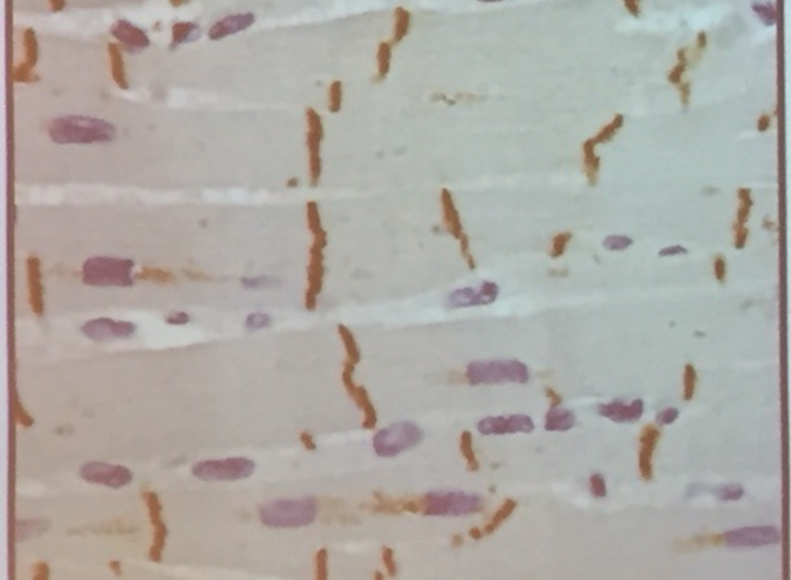
while observing cardiac muscle under a microscope for the first time, the student noticed lines running perpendicular to the direction of he muscle as shown in the photo below. These lines are called
intercalated disks
18
New cards
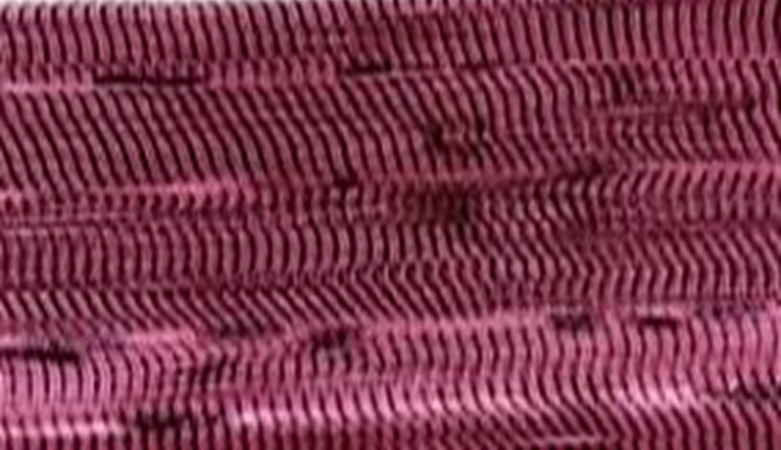
what tissue is this
skeletal muscle
19
New cards
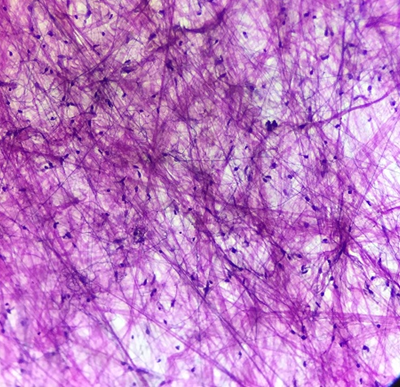
what tissue is this
areolar loose connective tissue
20
New cards
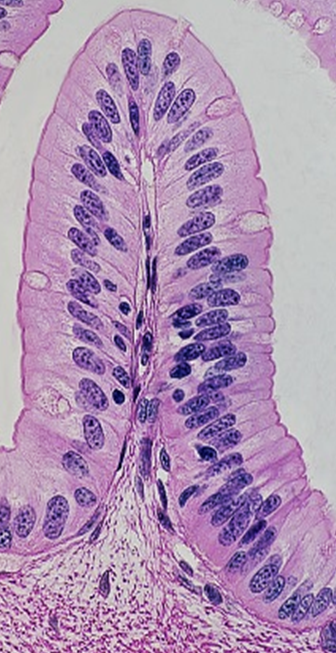
what is this
simple columnar epithelial
21
New cards
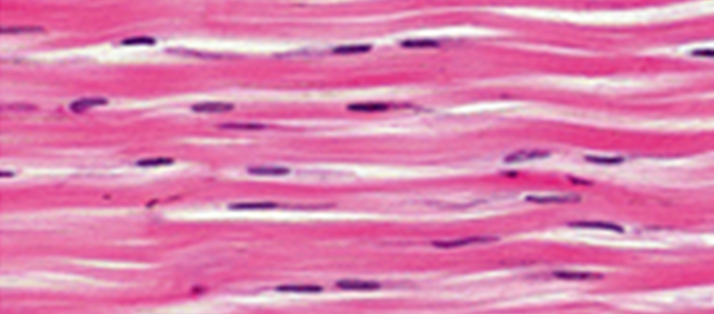
what is this
dense fibrous connective tissue
22
New cards
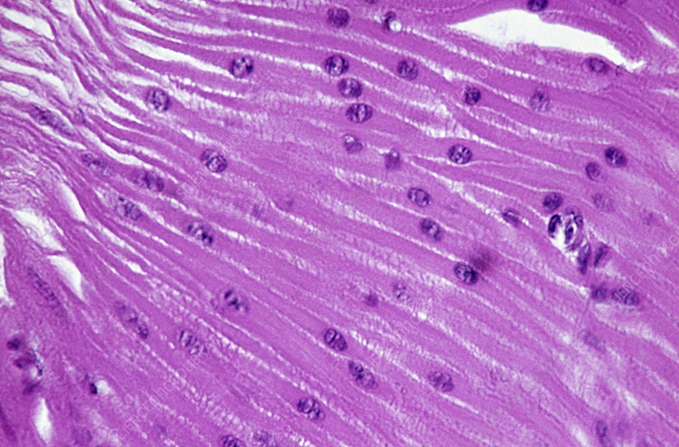
what is this
smooth muscle
23
New cards
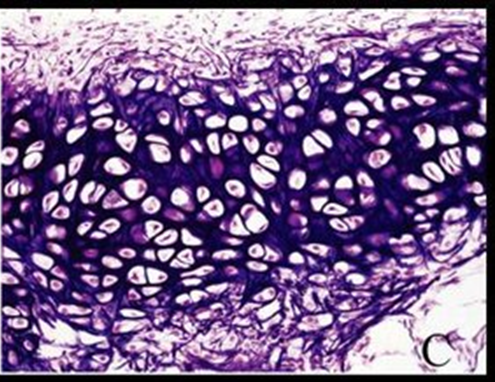
what is this
elastic cartilage
24
New cards
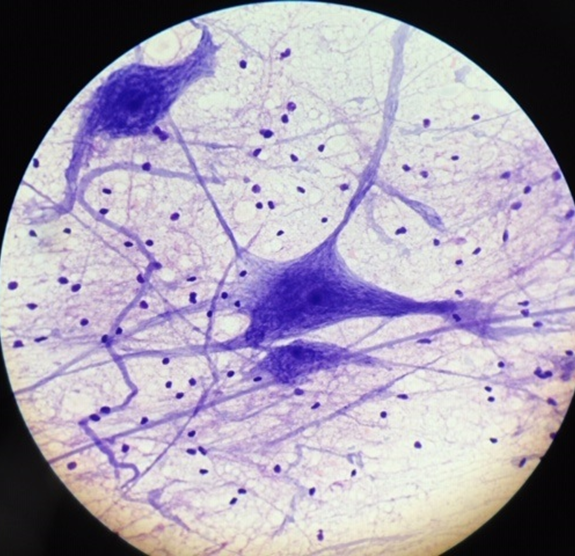
what is this
nervous tissue
25
New cards
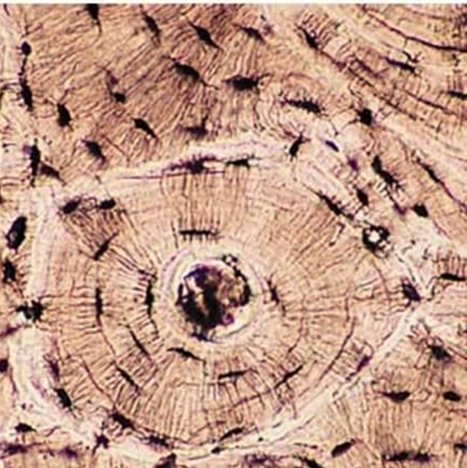
what is this
compact bone
26
New cards
There are times when ships wreck at sea. Life boats are supplied with fresh water. If the stranded passengers run out of water, they may be tempted to start drinking sea water; it’s all around them. However, they should think about that choice. Seawater is hypertonic to our cells. Seawater contains approximately 3.5% salt whereas our cells contain 0.9%. Once the salt enters into their blood; a. What would happen to the size of the cells? Why would this happen?; b. What cell transport process would be occurring to the cells of the desperate shipwrecked passengers?
Once salt enters the blood, the hypertonicity of the solution would cause water to diffuse out of the red blood cells in order to try to reach an isotonic state. This action would result in crenation of the red blood cells. The cells of the shipwrecked passengers would be performing osmosis because water is crossing the plasma membrane and moving from low concentrations of solutes to high concentration of solutes.
27
New cards
________ glands secrete their product into cavities or onto the body surface. they frequently have ducts
exocrine
28
New cards
________ glands secrete their product directly into the blood stream
endocrine
29
New cards
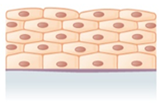
what would be the complete name of this tissue
stratified squamous epithelium
30
New cards
Answer the following questions about the features of muscle tissue. Your answer for each questions will be either smooth muscle, cardiac muscle, skeletal muscle, two of the muscle tissues or all three. If the answer is two of the muscle tissues, state the 2 specifically. Write the letter of the question followed by your answer.; A. Which is/are Striated?; B. Which is/are Voluntary?; C. Which is/are Involuntary?; D. Which cells are tapered?; E. Which is the longest of the three?
A. Cardiac and Skeletal ;B. Skeletal;C. Smooth and Cardiac ;D. Smooth ;E. Skeletal
31
New cards
Nervous tissue makes up the ________ and ________
neurons and neuroglia; brain and spinal cord
32
New cards
How is epithelial tissue named? What are the two minimum parts to the name? List and describe the options for each of these two parts.
Epithelial tissue is named by shape and layers, they can be either squamous, squished and egg-like, cuboidal, cube shaped, or columnar, shaped long like a column. For layers they can either be simple, which means there is only one layer of cells and they all touch the basement membrane, stratified, they are layered, or psuedostratified, meaning they appear as if they are layered yet all the cells still touch the basement membrane.
33
New cards
list the three layers of the heart wall from outermost to innermost
epicardium or pericardium; myocardium; endocardium
34
New cards
Trace the flow of blood from the left ventricle of the heart on to the systemic circulation – state general names of blood vessels from largest diameter to smallest diameter that carry blood away from the heart to body tissues, then from those tissues back to the heart to the right atrium again. State whether the blood in the chamber or vessels is oxygen-rich or oxygen-poor.
left ventricle - aortic semilunar valve - aorta - arteries - arterioles - capillaries - venules - veins - vena cava - right atrium ; Oxygen rich - left ventricle, aorta, arteries, arterioles; Oxygen poor - venules , veins, vena cava, right atrium
35
New cards
Three mechanisms move blood (against gravity) from the lower parts of the body to the heart. List and briefly describe how each aids in returning blood to the heart from the lower extremities.
- pressure from breathing -valves to prevent back flow within the veins -contraction of skeletal muscle
36
New cards
There are three categories of functions of blood: 1. Transportation System, 2. Defense, and 3. Regulation. List 2 functions in each of these three categories of functions of blood.
1 transportation - moves nutrients to cells - transports oxygen to cells ; 2 defense - protect against foreign antigens - prevent fluid loss ; 3 regulation - pH -temperature
37
New cards
insufficient production of RBCs caused by failure to produce intrinsic factor which makes the absorption of vitamin B12 impossible
pernicious anemia
38
New cards
genetic disease that results in abnormal hemoglobin molecules that stick together to cause RBCs to take on a curved shape.
sickle cell anemia
39
New cards
most common form, lead to inadequate hemoglobin production
iron deficiency anemia
40
New cards
occurs when red blood cell destruction exceeds production that can be caused by defects in membranes of RBCs or transfusion mismatch
hemolytic anemia
41
New cards
what is lymph and where does it come from
Lymph is excess interstitial fluid and it comes from the capillaries, it is lost from the blood during the exchanges made at capillaries and left behind. That is when the lymphatic vessels that lie within capillary bed pick it up to return it to the circulatory system.
42
New cards
largest lymphoid organ; responsible for clearing blood of microorganisms and removing old RBCs
spleen
43
New cards
patch of lymphatic tissue that helps prevent the passage of pathogens by way of the nose and mouth
tonsils
44
New cards
location where T-cells mature; learn "self" from "nonself"
thymus gland
45
New cards
bean-shaped structure that filters lymph
lymph node
46
New cards
site of origin for all types of blood cells; located in spongy bone
bone marrow
47
New cards
site of origin for all types of blood cells; located in spongy bone
Peyer's patches
48
New cards
Identify each of the following descriptions and components/cell processes/cells of your body's defenses with the appropriate line of defense: first line, second line or third line/Adaptive Specific.; a. skin and mucous membranes; b. clonal selection; c. tears; d. inflammatory response; e. Helper T-cells; f. natural killer cells; g. mucous membranes; h. lysozyme; i. interferons; j. memory B-cells
a. first ; b. third ; c. first; d. second; e. third; f. second; g. first; h. first; i. second; j. third
49
New cards
secretes antibodies specific to extracellular antigen
plasma cell
50
New cards
shuts off immune response when the invader has been removed
suppressor T cell
51
New cards
presents antigen to helper T cell
Macrophage
52
New cards
become active in future encounters with the same antigens
Memory B and T cells
53
New cards
serves as “main switch’ that activates both the cell-mediated immune response and the anti-body-mediated immune response
Helper T cell
54
New cards
cause cancer cells and infected body cells to burst
Cytotoxic T cell
55
New cards
Describe the difference between the primary and secondary immune response. What allows for the secondary immune response?
-Primary response = first encounter with an antigen, memory cells are formed -Secondary response = subsequent encounter with an antigen, antibodies formed faster and in greater concentration than the first encounter with the antigen
56
New cards
There are 2 key features that differentiate the Adaptive (Internal Specific) Immune System from the Innate (nonspecific) immune defenses. List and briefly describe each of the 2 key features.
adaptive had memory and specificity where as innate is nonspecific and does not have memory
57
New cards
There are 2 key features that differentiate the Adaptive (Internal Specific) Immune System from the Innate (nonspecific) immune defenses. List and briefly describe each of the 2 key features.
adaptive had memory and specificity where as innate is nonspecific and does not have memory
58
New cards
________ causes redness, swelling, itching, and other symptoms of an allergic response. It is released from mast cells after an allergen binds to an IgE receptor on the surface of the mast cell.
histamine